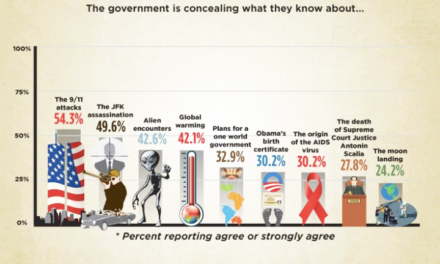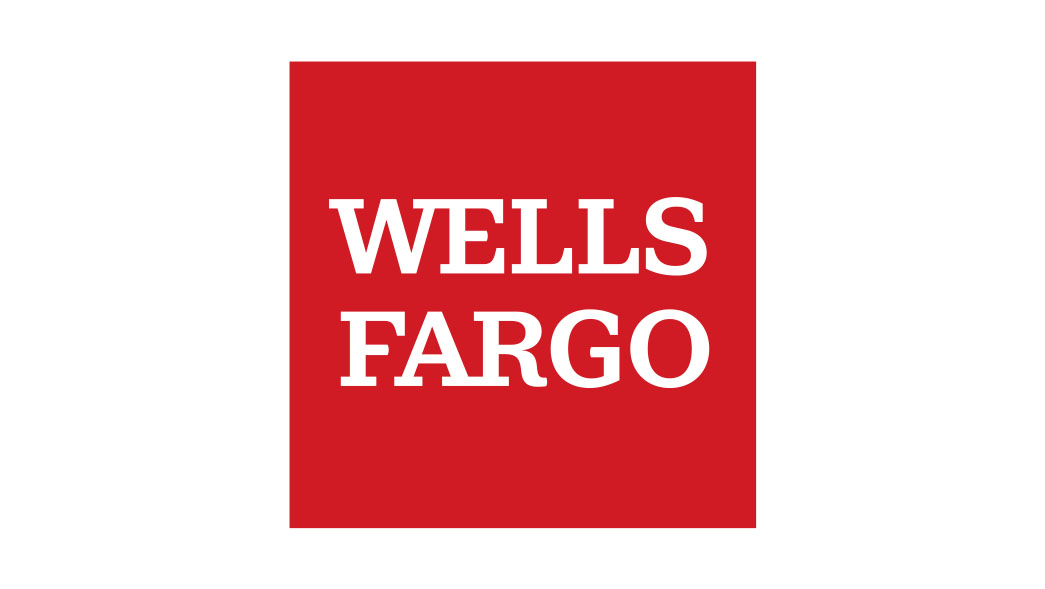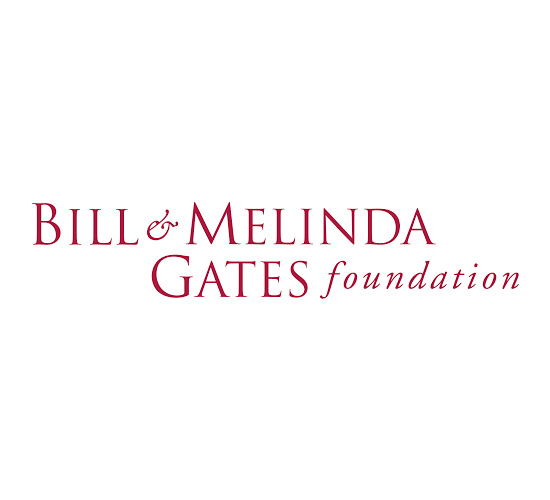
(Mike Kittrell, AL.com)
How long? Too long.
How long will Alabama watch the slow, agonizing descent of its rural hospitals before lawmakers and leaders act?
How long will they ignore the swelling health deserts, large swatches of our state where our rural neighbors have to fill their gas tank to access quality care, including maternity and inpatient care?
It’s already been too long. Far too long.
“We have rural hospitals that now are facing an existential crisis,” said Dr. Donald Williamson, president of the Alabama Hospital Association. “Not only of their survival but …”
He didn’t have to say: The survival of folks living in our rural health care deserts.
Williamson said 27 of the state’s 50 rural hospitals are at risk of closure within the next few years.
“The more immediate problem,” he added, “is that 19 of those 27 rural hospitals are in immediate risk of closure. That means they don’t have the resources to stay open beyond two to three years. Some don’t have the resources to stay open six months.”
Rural hospitals in our state have long been on life-support. And long been ignored.
In 2014, money woes forced the closing of the maternity ward at Whitfield Regional Hospital in Demopolis, west of Montgomery in the Black Belt. It defied a trend of rural hospital closures by reopening in April 2022 under a management agreement with the University of Alabama at Birmingham.
A little over a year later, however, in November 2023, Monroe County Hospital in south Alabama closed its labor and delivery department.
That was the third hospital in a month to issue a death certificate for services for pregnant women and newborns.
Last July, Grove Hill Memorial Hospital in Clarke County stopped providing labor and delivery services.
“Babies are going to die,” one of the hospital’s OB/GYNs told us then.
They already are. Dying sooner than in other states. Dying at the highest rate in almost a decade.
The prognosis for in-patient care is unsettling, too.
Over the last six months, two rural hospitals yanked the sheets from in-patient services: Thomasville Regional Medical Center in Clarke County in southwest Alabama and Lawrence Medical Center in Moulton in the northwest corner of Alabama. Call it a tourniquet allowing struggling facilities to stay open (alive) as a Rural Emergency Hospital, a designation established by Congress in 2021. Yet people still get sick and those who need more than a bandage or quick fix must now travel miles and miles for long-term health care, often to an urban facility facing its own strains.
It’s a spiral that has Alabama rural healthcare, such as it is, in danger of coding.
How long from now? Sooner than anyone wants to hear.
Williamson wouldn’t name the facility but revealed that one hospital administrator recently said they had just nine days of cash on hand. “That’s not a sustainable model,” he said.
“Some rural hospitals have found ways to survive and not close, and so people mistakenly assume that they will always be there, like the power company,” Williamson said. “Unfortunately, we’re reaching the end of those ways to pull rabbits out of hats. Some communities are going to be very surprised that something they just assumed would always be there will not be there unless some things change.”
If yet another rural hospital closes, will anybody hear it? Does another have to shutter and create another healthcare desert before some things change?
We’ll see.
Thus far, rather than triage and do something to stop (or at least slow) the bleeding, lawmakers continue to shrug their shoulders and ignore the buzzing call button.
One challenge, Williamson says, is that hospitals may not be fully appreciated as economic drivers in their communities, especially in rural communities.
Collectively, according to the hospital association, Alabama’s 114 hospitals (for now) employ almost 78,000 Alabamians — they’re often the largest employer in a rural community, or a close second to the school system. And, they generate $25 billion in annual economic impact for the state.
“While a hospital’s primary impact is providing necessary health care to citizens, its impact also goes to the economy and jobs in a community,” Williamson said. “It goes to the ability of communities to recruit industry and businesses.”
Yet deciphering how hospitals generate the money they need to survive can be more convoluted than a Rubik’s Cube — and it’s often infected by politics. Now, the nation’s rural hospital ecosystem is choking amid the clown-show chaos and uncertainty embroiling the federal government.
Here’s Hospital Economics 101: They generate revenue through reimbursement for services and medicine in four buckets:
*Commercial insurance (in Alabama, that’s mostly Blue Cross Blue Shield, whose near-monopoly covers 87% of the state’s privately insured, according to the American Medical Association.
*Medicare
*Medicaid
*Everybody else (self-insured individuals, who are usually uninsured).
State officials have no control over the first two. Even worse, Alabama is at a severe disadvantage in the Medicare reimbursement because of what’s called the wage index, which is “mind-numbingly complicated,” Williamson said.
In short, states with higher wages get reimbursed at a higher rate for the same service, and Alabama has the lowest “wage index” in the country. Thus, Medicare reimburses hospitals in, say, Mississippi and Georgia more than hospitals in our state for providing the same service. “That’s a federal problem that can’t be solved by the state,” Williamson said.
What our lawmakers can fix, and should try to fix, are closing coverage gaps through expansion of Medicaid and other programs to the self-insured. About one in five Alabamians are currently covered by Medicaid. However, Williamson said, to qualify a family with minor children can make up to only 18% of the poverty line ($4,648 for a family of three) Yeah, you read that right – about $4,500 annually.
“It’s among the most restricted in the country,” he said.
“Alabama does a great job of covering children,” he added. “But if you look at 19- to 64-year-olds, that’s where our problem is. Alabama Medicaid does not cover childless adults from 19 to 64 so it doesn’t matter how poor or sick you are. If you’re between 19 and 64 and you don’t have a child, the only way you can get on Medicaid is if you’re female and getting pregnant, or if you’re a disabled male, is by becoming disabled.”
Stop me if you’ve heard this: Expand Medicaid. Expand Medicaid. Expand Medicaid. Doing so would cover an additional 300,000 working families, according to Alabama Arise. Yet myriad calls to do so — including my own — have fallen on deaf ears among Republican lawmakers and in the governor’s office. They cite cost uncertainty, but we all know that’s just a cover for those who still disdainfully refer to the Affordable Care Act governing Medicaid expansion as Obamacare.
Sigh.
To address the uninsured (and assuage cost concerns), the hospital association partnered with BCBS to create ALLHealth, a plan that would leverage federal Medicaid expansion funds to pay for private insurance plans for Alabamians without health coverage. Now, of course, who knows if a penny of that money will be left after Congress figures out how to pay for the massive budget recently passed by the House of Representatives, a budget that calls for $2 trillion in spending cuts.
“AllHealth was based on Medicaid as we knew it,” Williamson said. “It’s understandable that people want more clarity before they consider what action needs to occur around closing the coverage gap. But at the end of the day, closing it will have a significant effect in stabilizing rural hospitals. Any new reimbursement is better than no reimbursement.”
In the meantime, two bills created to address the rural hospital crisis are idling with the Alabama House Ways and Means Education Committee.
HB46 tweaks an existing tax credit provision that incentivizes physicians to practice in rural areas. Sponsored by Rep. Ed Oliver, R-Dadeville, the bill would double the credit to $10,000 and eliminate a residency clause requiring doctors to live in a city with a hospital providing emergency-care services. The latter became harder to fulfill as hospitals closed.
In essence, that’s a bandage on a bullet wound. It helps, but more physicians than the buildings that must remain open for them to be able to practice.
The bigger, bolder move is HB86, sponsored by Rep. Terri Collins, R-Decatur. It’ll create the Rural Hospital Investment Program, allowing individuals and businesses to donate to a fund supporting rural hospitals. Donations would receive a 100% income tax credit.
The program is based on The Georgia Heart Hospital program, which launched in 2016 and this year reached its $100 million cap to support 50 rural hospitals.
Hospital eligibility and oversight of the Alabama fund — credits would be capped at $20 million through 2026, then increase to $30 million — would be handled by a board within the State Treasurer’s office.
Another potential revenue source? A portion of proceeds raised from gambling if lawmakers ever decide to close the massive wound allowing Alabama money to bleed into other states.
“I’m agnostic on the source of revenue,” Williamson said. “If the state had more revenue, more cash on hand, then potentially it would make legislators more comfortable closing the coverage gap.”
Before the patient dies.











